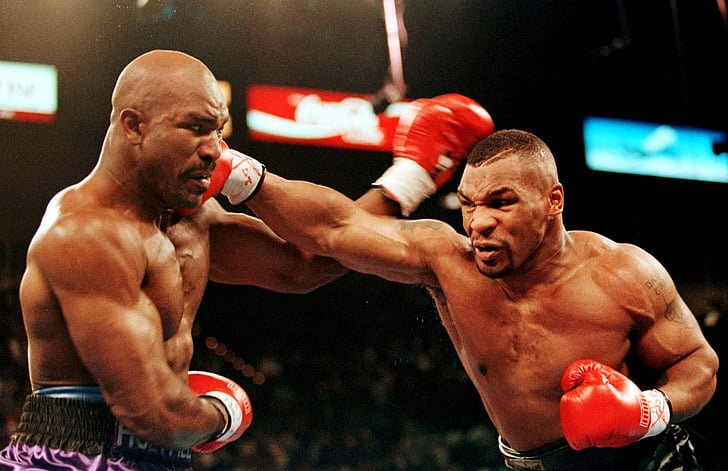Description
“Journey through boxing’s evolution — starting from ancient civilizations like Mesopotamia and Greece to modern legends such as Muhammad Ali and Mike Tyson.”
Initially based on survival and power, boxing developed over time into a skilled and structured discipline.
As the rules changed, so did the fighters—gladiators, warriors, and athletes turned boxing into the global sport we know today..
Whether you’re a fan or a curious learner, this is a must-read journey through the timeline of boxing — from ancient arenas to today’s championship rings.
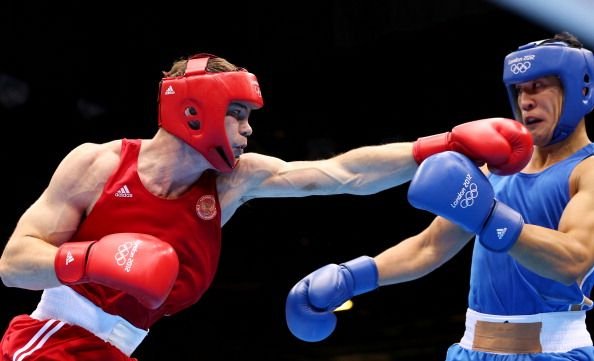
1. The Beginning of Boxing: From Ancient Times
Boxing is more than just a sport—it’s woven into the very fabric of human civilization. In fact, boxing began the moment early humans used their fists to settle disputes, marking the birth of hand-to-hand combat in history.
Mesopotamia & Egypt (3000–2000 BCE)
The first signs of boxing emerged in Mesopotamia and Ancient Egypt, dating as far back as 3000 BCE. make this
Stone carvings and tomb paintings from this era show two men engaged in combat while a crowd watches—proving that boxing was both entertainment and ritual.
Back then, boxing wasn’t just sport—it was sacred. “In those times, fighters often boxed to honor kings or as ritual offerings to the gods.”
Sumerian boxing art:
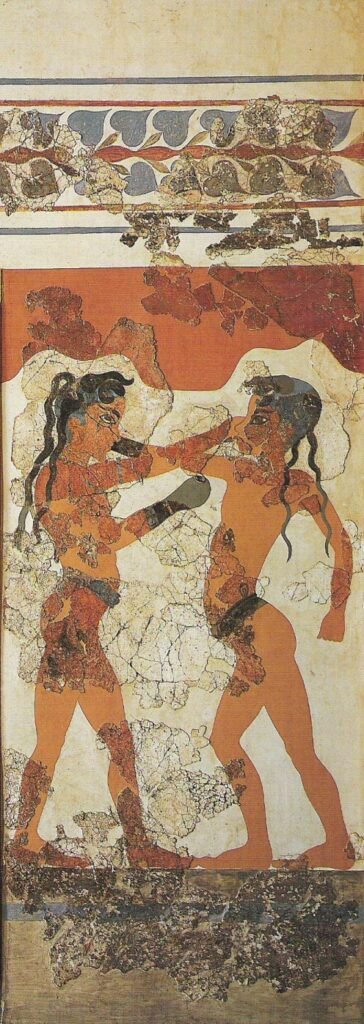
Ancient Greece (688 BCE)
Boxing took a major leap forward in Ancient Greece, where it became a recognized sport. It was officially included in the Olympic Games in 688 BCE. Greek boxers used leather straps known as himantes to protect their hands during fights.
At that time, boxing had no formal rules. Fighters continued until one delivered a knockout or caused an injury that forced the match to end.
In Greek culture, boxing was more than just a sport — it was a true test of a warrior’s courage, strength, and endurance.
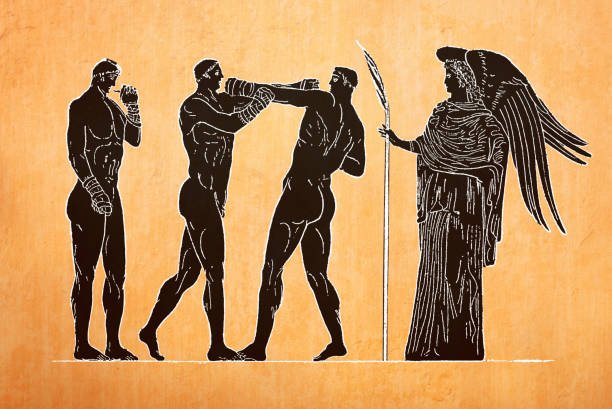
Roman Empire (200 BCE – 400 CE)
Roman boxing, though inspired by Greek traditions, became far more brutal and deadly. Fighters wore caestus—leather gloves reinforced with metal spikes—turning each punch into a weapon.
These brutal matches were a highlight of gladiator games, where fighters often battled to the death in front of roaring crowds. For the Roman public, boxing wasn’t just entertainment — it was a blood sport and often a public execution.
But when the Roman Empire fell, the sport of boxing vanished for nearly a thousand years, fading into silence until its rebirth much later in history.
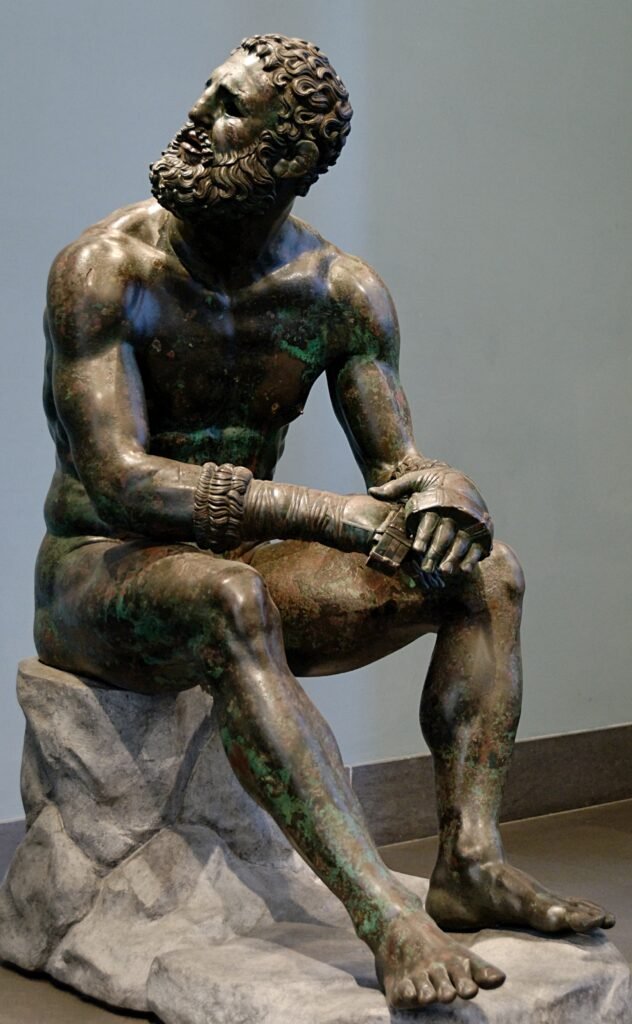
2.From Middle Ages to Renaissance: The Forgotten Era of Boxing
“With the fall of Rome, boxing lost its prominence and nearly vanished throughout Europe.”
But fighting never truly died out—throughout the Middle Ages, it survived mainly as a form of self-defense rather than a structured sport.
During the 16th and 17th centuries, the Renaissance reignited Europe’s interest in ancient martial arts.
“This cultural revival eventually paved the way for boxing’s comeback, along with the resurgence of other ancient combat styles.”
“Boxing reappeared in England during the late 1600s through brutal bare-knuckle matches—fought without any rules or gear. This raw version of combat eventually evolved into modern boxing.”
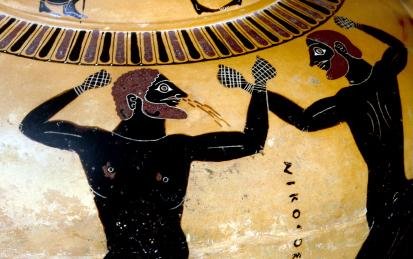
3. Development of Boxing: Modern Form in England (1700s–1800s)
“Modern boxing began to take shape in 18th-century England.”Street fights drew crowds, while wealthy elites placed bets and helped make boxing a national spectacle.”
🥇 James Figg – The First Boxing Champion
“Back in 1719, James Figg was honored as boxing’s first recognized champion — a milestone in the sport’s early development.”He was not just a fighter — he also mastered wrestling and sword combat.
“Figg’s unmatched talent and reputation lifted boxing out of the streets and into the arena of modern sport.”
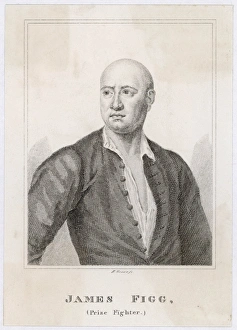
📜 Jack Broughton’s Rules (1743)
Figg’s student Jack Broughton made the first official rules of boxing. In these rules:
It was believed that killing a grounded opponent was prohibited
30 seconds were counted
Safety was taken care of
This is where boxing started to develop as a game.
4. Queensberry Rules: The Beginning of Modern Boxing
“Boxing changed forever in 1867, when the Queensberry Rules brought order to chaos—turning brutal brawls into a refined sport.”
Key changes included the mandatory use of gloves, the introduction of timed three-minute rounds, and a ban on wrestling and grappling during matches. Boxers were now required to fight while standing and could only use their fists to attack and defend.
With these rules, boxing evolved into a calculated sport where timing, movement, and technique mattered more than brute force.
“The introduction of the Queensberry Rules gave boxing a clear structure, transforming it from a brutal spectacle into a globally respected and officially recognized sport.”

5. Golden Era of Boxing (1900–1950s)
Boxing became a global sensation in the early 20th century, drawing fans from around the world.
The sport gained massive popularity, especially in the United States, where it captured the imagination of millions.
Notable Boxers of the Era
Jack Johnson –
As the first African American Heavyweight Champion, Jack Johnson broke racial barriers and changed the face of boxing.
His victory not only broke racial barriers but also made him a powerful symbol of resistance, pride, and excellence in the face of discrimination.
With unmatched aggression and explosive power, Jack Dempsey became a boxing icon and helped transform the sport into a global sensation.
This era marked the beginning of boxing as a cultural phenomenon, with stadiums packed and radio broadcasts reaching fans across the globe.
“During World War II, Joe Louis wasn’t just a boxing champion—he became a national hero who brought unity to America.”
Radio and newspapers made boxing a household name.
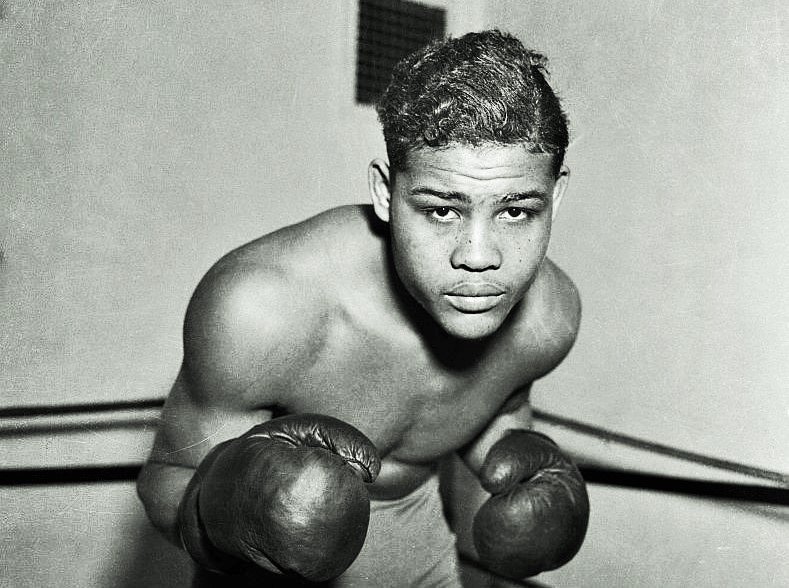
6. Muhammad Ali and the Changing Face of Boxing (1960s–1990s)
In the 1960s, Muhammad Ali revolutionized the sport of boxing. He turned it from a raw, brutal contest into a refined display of speed, skill, and confidence. Known for his lightning-fast footwork, sharp reflexes, and bold self-belief, Ali stood out as a true icon. His graceful yet powerful style redefined boxing and inspired generations.
More than just a fighter, Ali became a global icon—both for his bold attitude and for standing up for civil rights during a turbulent era.
Ali was not only a champion in the ring but also a powerful voice outside it. He stood up for civil rights and famously refused to fight in the Vietnam War, becoming a symbol of resistance and strength. His legendary bouts, including the “Rumble in the Jungle” and the “Thrilla in Manila,” captured global attention and made history.
Muhammad Ali redefined what it meant to be a boxer. He gave the sport a new identity—one that combined skill, courage, and a powerful voice for social change.
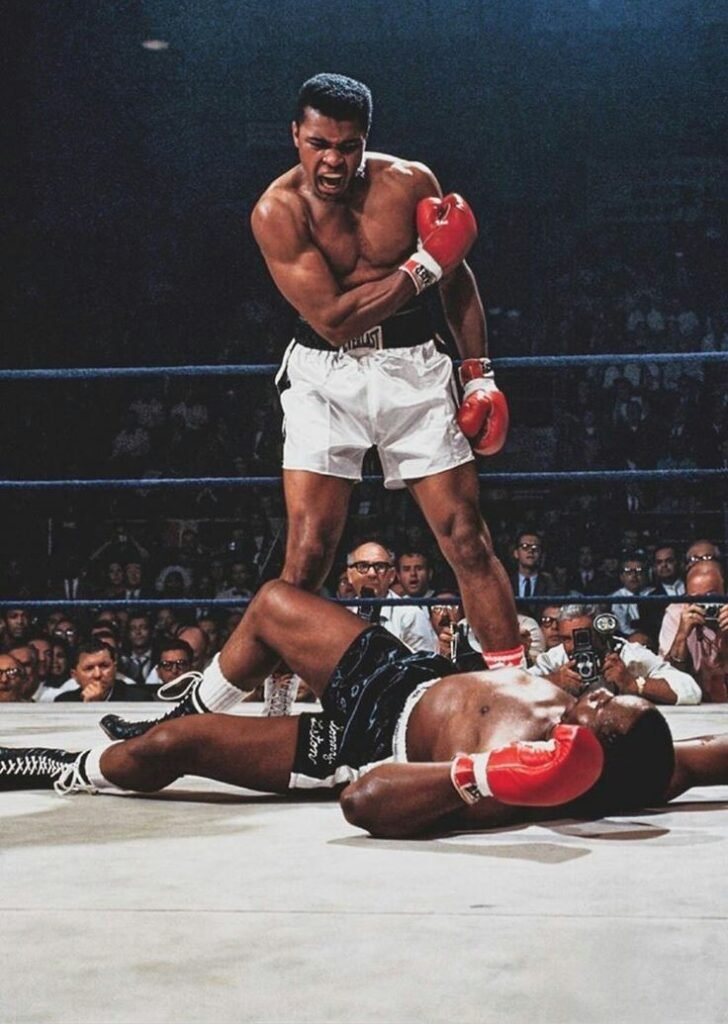
Other Legends of this era:
Joe Frazier – Ali’s biggest rival Joe Frazier, known for his relentless pressure and powerful left hook, was Muhammad Ali’s fiercest rival. Their legendary trilogy, especially the “Thrilla in Manila,” remains one of boxing’s greatest rivalries.
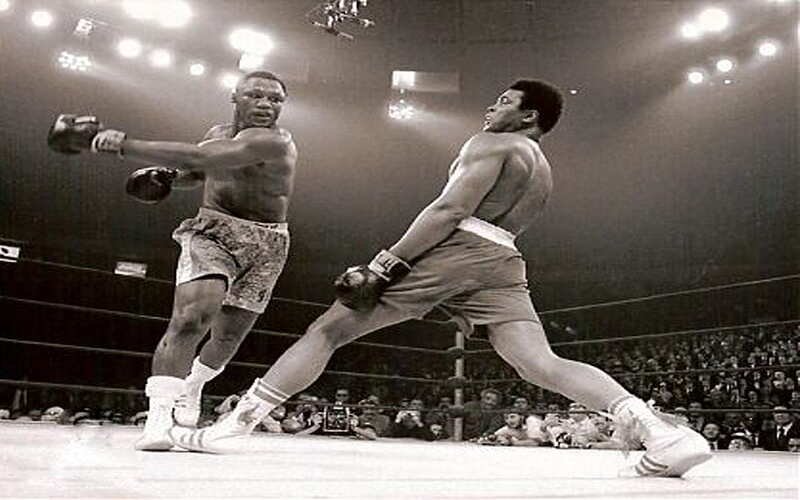
George Foreman, the power-punching king, was feared for his raw strength and knockout ability. He became a two-time heavyweight champion and made a historic comeback in his 40s, proving age is just a number in boxing.
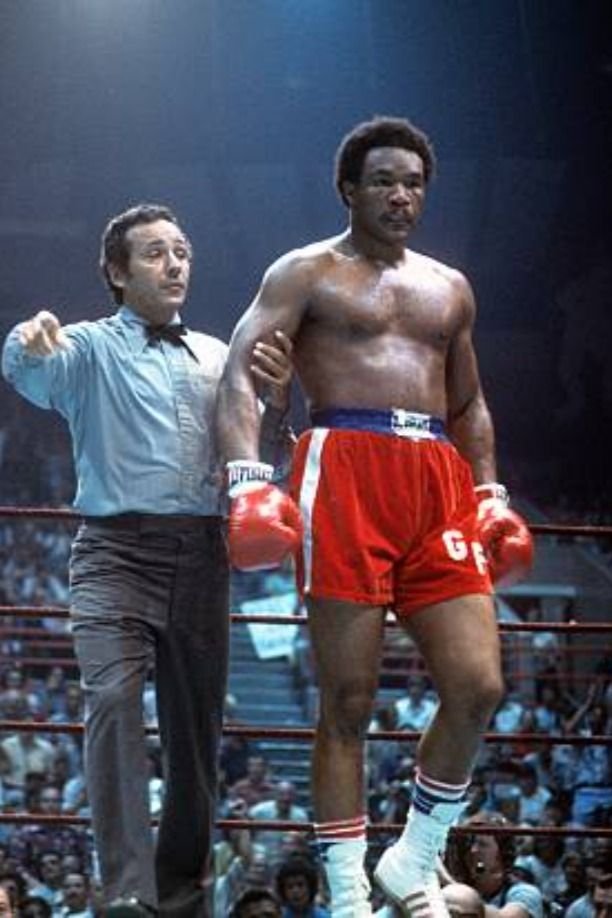
Sugar Ray Leonard – Fast hands, smart brain Sugar Ray Leonard was a dazzling boxer known for his speed, skill, and charisma. A five-division world champion, he fought legendary rivals like Roberto Durán, Thomas Hearns, and Marvin Hagler, becoming one of the most celebrated fighters of the 1980s.
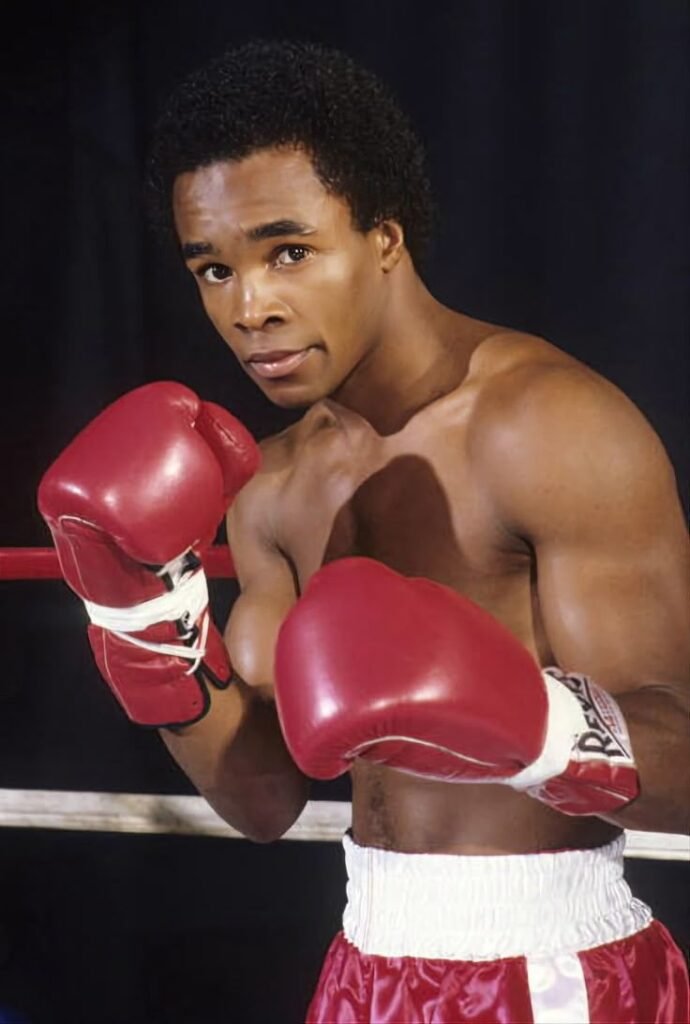
Mike Tyson – world heavyweight champion at the age of 20 Mike Tyson became the youngest heavyweight champion in history at just 20 years old. Known for his explosive power and aggressive style, he dominated the division in the late 1980s and became a global icon of boxing.
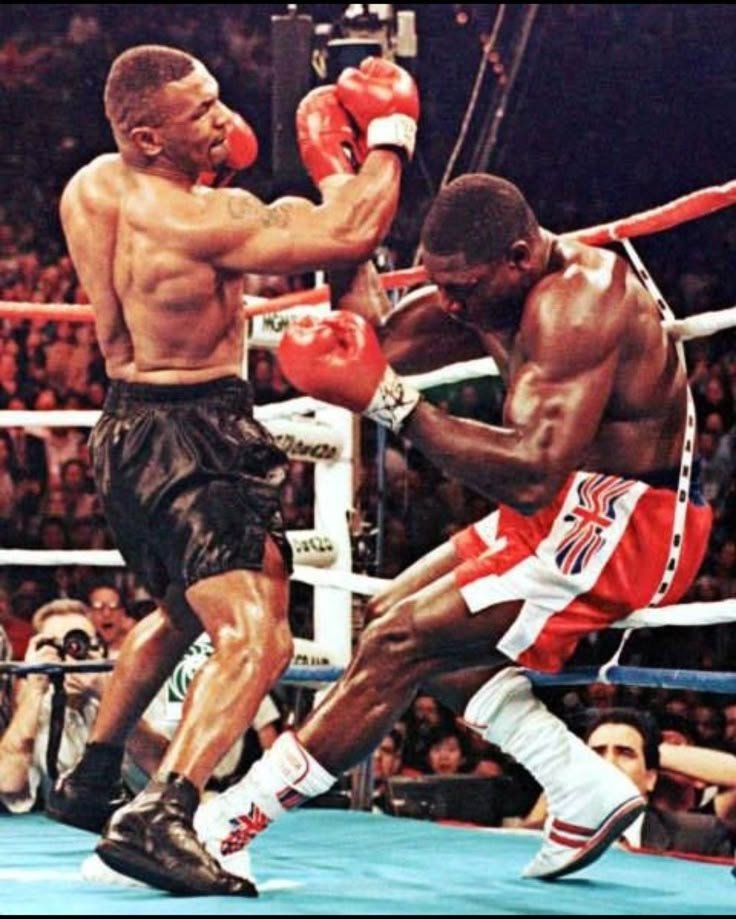
7 . Boxing Becomes Big Business (1990s–2010s)
After the 1990s, boxing entered a new era — one driven by money, media, and global reach. The sport evolved into a billion-dollar industry, fueled by television rights, sponsorships, and pay-per-view events. Boxing was no longer just a fight; it became a global spectacle.
During this time, fighters like Oscar De La Hoya, Floyd Mayweather Jr., and Manny Pacquiao became more than champions — they became global superstars.
Oscar De La Hoya emerged as an American-Mexican icon, admired both in and out of the ring.
Floyd “Money” Mayweather built a perfect record and became the richest boxer in history, mastering both the sport and its business.
Manny Pacquiao, a national hero from the Philippines, made history by winning titles in eight different weight classes — a feat unmatched in boxing history.
These fighters not only dominated inside the ring but also leveraged their fame for massive endorsement deals and international brand power. Boxing had officially become a business empire.
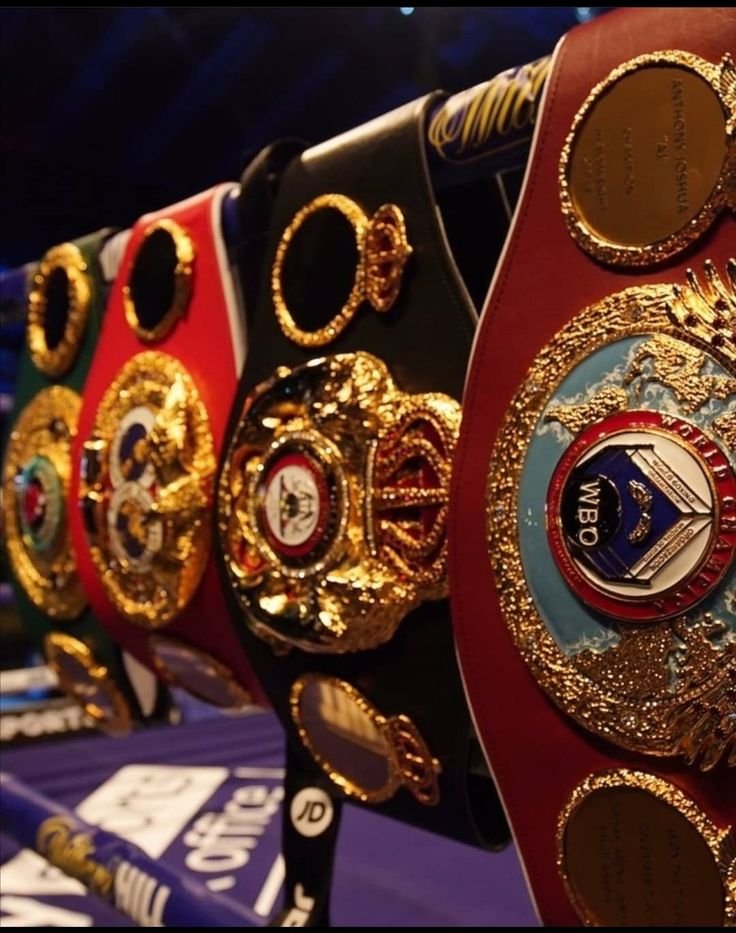
Boxing’s Evolving Strategy in the Modern Era
In recent decades, boxing strategy has evolved significantly. The sport moved away from pure aggression and embraced a more calculated, defensive style—largely inspired by Floyd Mayweather Jr., who perfected the art of landing punches while avoiding damage.
Modern boxing now places greater emphasis on defense, timing, and ring IQ. Trainers, strength coaches, and nutritionists play a crucial role in developing a fighter’s overall performance. Scientific training methods and personalized nutrition plans have become standard in elite camps.
Technology has also become a powerful tool in shaping new champions.
Modern boxing has fully embraced technology, using high-definition replays, advanced analytics, and precise performance tracking to break down opponents’ tactics, sharpen technique, and eliminate even the smallest flaws.
This technological evolution has made the sport more strategic and refined—blending old-school grit with modern innovation to produce smarter, faster, and more complete fighters than ever before.
🖼 Image Suggestion: Mayweather vs Pacquiao fight night photo
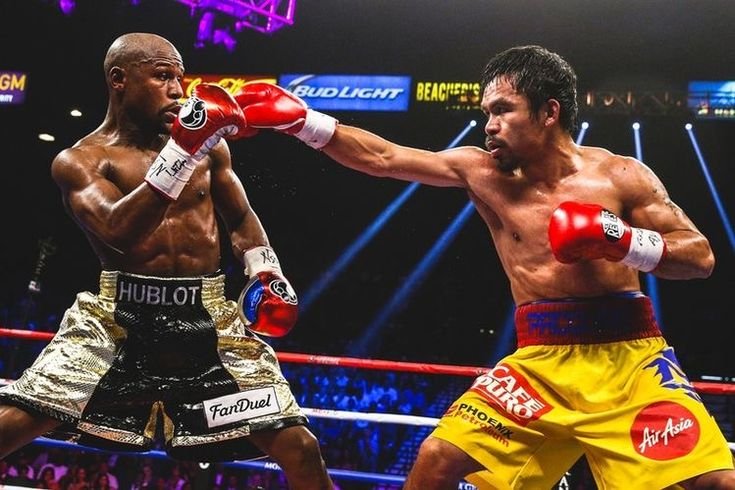
8. Today’s Era: The Rise of New-School Fighters (2010s–2020s)
In today’s era, boxing has evolved into a modern, media-driven sport where athletes are more than just fighters—they are global icons.Modern boxers blend sharp intelligence with elite skill, relying on scientific training, precise nutrition, and data-driven strategies to elevate their performance to new heights.
This new generation values both strategy and showmanship, adapting to a fast-paced world while honoring the sport’s proud traditions.
Social media has also played a huge role, turning boxers into worldwide celebrities with millions of followers.
Canelo Álvarez didn’t just dominate the ring—he redefined what it means to be a multi-weight world champion, blending raw power with polished technique and iron-willed discipline.
Tyson Fury, famously known as the “Gypsy King,” brought charisma and unpredictability back to the heavyweight scene, remaining undefeated while captivating audiences with his unique style. Meanwhile, Oleksandr Usyk, the brilliant Ukrainian southpaw, earned worldwide respect for his footwork, precision, and seamless transition from cruiserweight to heavyweight glory. Meanwhile, Terence Crawford and Errol Spence Jr. became two of the most skilled welterweights of the modern era, showcasing elite technique and ring intelligence.
This generation of fighters is reshaping boxing—combining athleticism, mental sharpness, and global star power to lead the sport into a bold new era
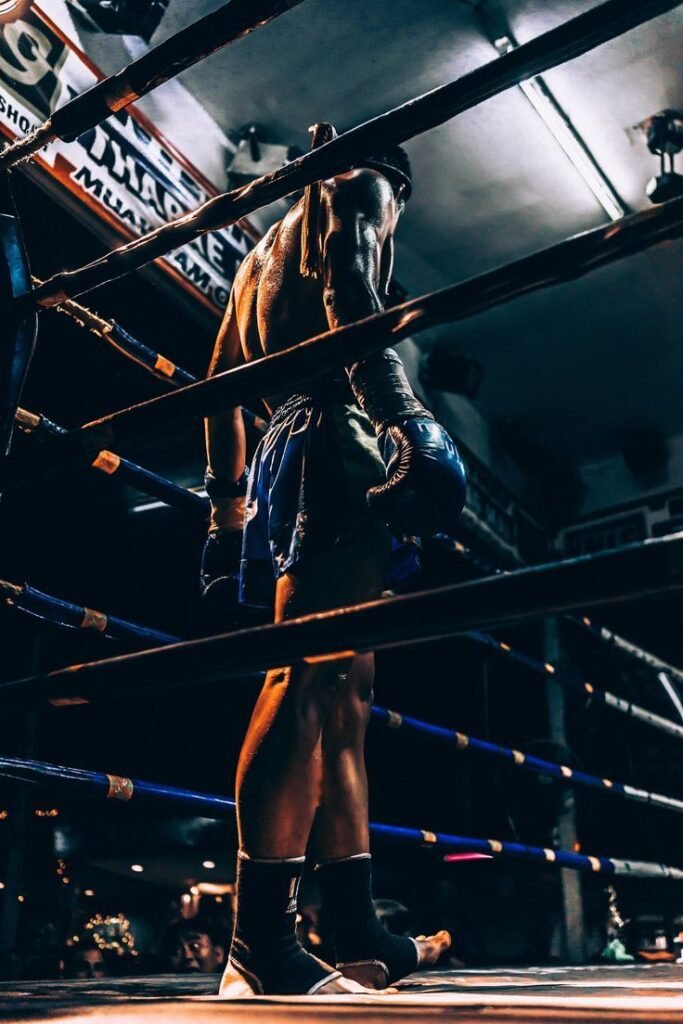
9.The Rise of Women’s Boxing: How Female Fighters Are Changing the Game
In the past decade, women’s boxing has experienced a powerful transformation. Once pushed to the sidelines, it has now become a central part of the global boxing scene. Today’s top female boxers are not only packing arenas and drawing millions of viewers—they are also headlining championship events and earning respect as world-class athletes.
Katie Taylor, the pride of Ireland, is one of the most influential figures in the sport. An Olympic gold medalist and the undisputed lightweight champion, Taylor is celebrated for her lightning-fast hand speed, elite footwork, and relentless fighting spirit. Her 2022 bout against Amanda Serrano at Madison Square Garden made headlines as the first women’s boxing match to headline the historic arena, setting new standards for the sport.
Claressa Shields, proudly known as “The GWOAT” (Greatest Woman of All Time), is a trailblazer with two Olympic gold medals and multiple world titles across different weight divisions. She made history as the first boxer—male or female—to become undisputed champion in two separate weight classes. With her undefeated record and bold personality, Shields has become a global ambassador for women’s boxing.
Amanda Serrano, a Puerto Rican powerhouse, is one of the most accomplished female boxers of all time. With championship titles in seven weight divisions, she has proven herself as a dominant force in the ring. Serrano’s aggressive style, knockout power, and crossover success in MMA have expanded her popularity and brought new attention to female fighters around the world.
These three icons—Taylor, Shields, and Serrano—have shattered long-standing barriers and redefined what it means to be a champion in women’s boxing. Through hard-earned victories and historic moments, they’ve shown that the future of the sport is not just male-driven. It’s diverse, exciting, and more competitive than ever.
As media coverage grows and fan support continues to rise, women’s boxing is set to reach even greater heights—proving once and for all that female boxers belong at the very top of the fight game.
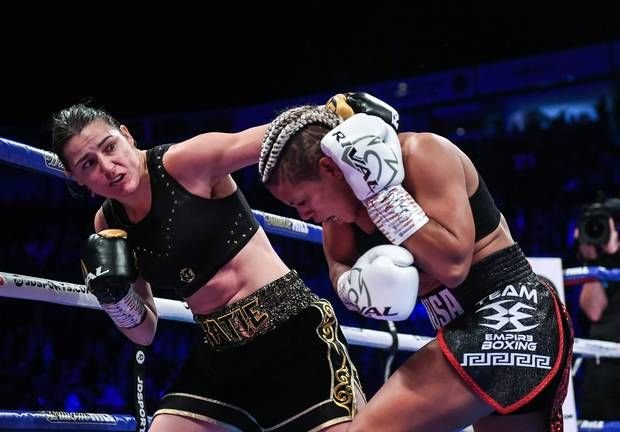
10.The Digital Era of Boxing: How YouTubers and Celebrities Are Changing the Game
Boxing has entered a new phase, where influencers and YouTubers are stepping into the ring. Stars like Logan Paul, Jake Paul, and KSI have turned boxing into a viral online spectacle.
Exhibition fights—like Floyd Mayweather vs. Logan Paul—drew massive attention. For fans, it’s exciting entertainment. For purists, it’s controversial.
Still, this trend has introduced boxing to a younger, global audience. Blending fame with fighting, digital boxing is reshaping the sport in real-time.
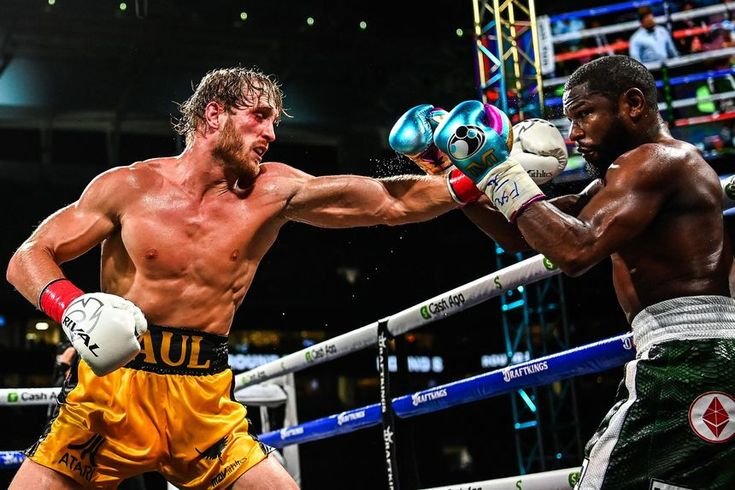
Boxing’s Future: What Comes Next?
The future of boxing looks promising, but the sport must evolve to stay ahead of MMA and other fast-growing combat sports. Technology is already shaping the way fighters train. Artificial intelligence and virtual reality are now part of modern boxing gyms, helping athletes sharpen their skills like never before.
Fitness boxing is also booming. Many people now box for health and fun, not just competition. This trend is helping the sport grow beyond the ring.
Young talent is rising fast, especially in Olympic boxing. New stars are emerging, bringing fresh energy and global appeal. In India, boxers like Lovlina Borgohain and Nikhat Zareen are leading a new generation of fighters, proving that boxing has no borders.
Despite these changes, one thing stays the same—boxing is still a sport driven by passion, power, and heart. Its future may look different, but its soul remains strong.
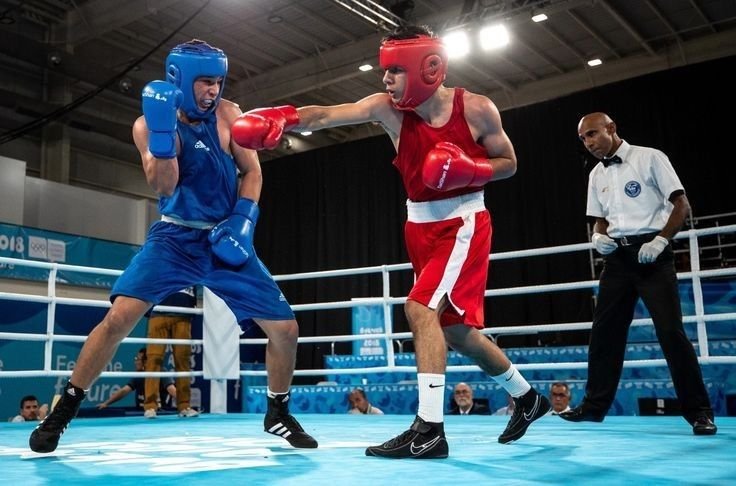
Conclusion :
Boxing is an ancient art that continues to evolve with every generation. Whether it’s the fearless spirit of Muhammad Ali or the digital fame of Jake Paul, the sport has always found a way to stay relevant.
Behind every punch lies a powerful story — a journey from struggle to greatness. Today, as new stars rise and technology reshapes the game, boxing remains true to its core.
It’s more than just a sport — it’s a passion, a test of will, and a path to glory. The future of boxing is bright, and its legacy continues to grow stronger with time….j*

